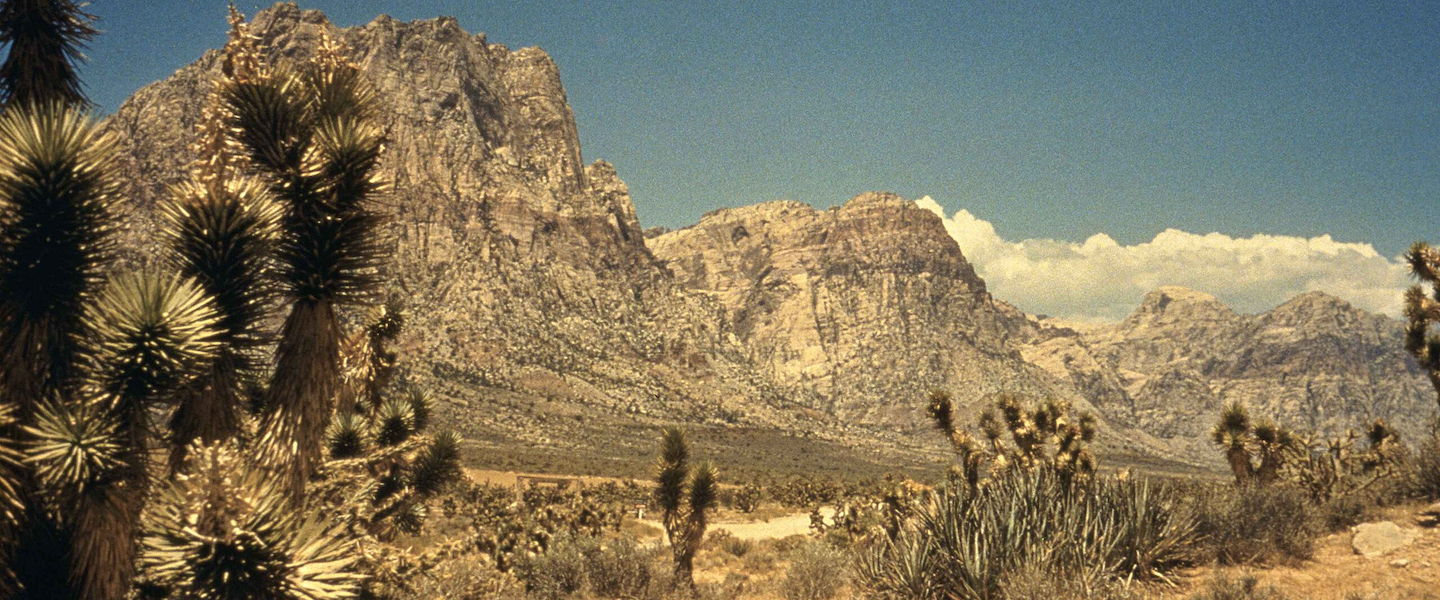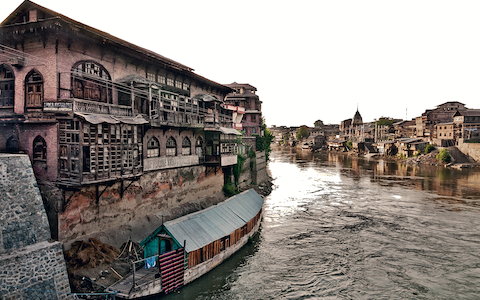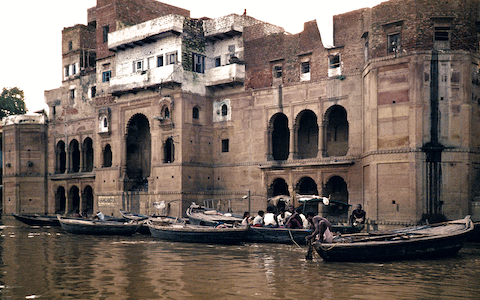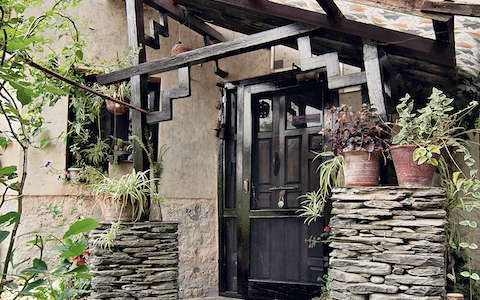
Ooops! We cannot find that Page!!
But here are other pages that might interest you

Eastern and North-East India
West Bengal in eastern India is the land of the ubiquitous bangla hut that went on to influence mainstream Hindu and Mughal architecture all over India. It is doubtful if any other architectural feature anywhere in the world has been so widely adapted as this simple bangla or bangaldar hut. Complete architectural structures have been adapted to this graceful form, in whole or in parts, like bangaldar roofs and eaves.
Himalayas and the Hills
An amazing variety of vernacular architecture exists in the northern Himalayas and further eastwards – from Islamic elements of Kashmir to Buddhist Zanskar and Ladakh. After that are the Hindu styles in Himachal Pradesh, Uttarakhand and on to Buddhist Sikkim again. In Kashmir deodar timber is the main material used and its lengths are bonded with stone, all resting on stone foundations. The great number of massive deodar columns used in the Jama Masjid in Srinagar are testimony to its great value as an architectural element. The Jhelum river-front has an interesting medley of houses. Over a period of time wooden screens gave way to glass, just as mud and grass roofs gave way to the overwhelming use of galvanized corrugated iron sheets, for domestic as well as mosque construction. The mud and grass roofs were laid on birch bark on the roof structure, which made the roofs water proof and was good insulation in the extreme cold. However, hardly any houses at present have this very traditional form of roofing material.


Northern Indian Plains
In this northern belt one finds some remarkably traditional houses with regional variations. Those in Lucknow have the symbol of Oudh and a pair of fish on the entrance door. The religious cities of Varanasi and Vrindavan were home to people coming from different parts of India who brought with them their tastes and styles. The banks of the Ganges in Varanasi are lined with residences of princely states, erstwhile nobles and rich traders who wanted to have a place in this holy city. They opened out to a view of the holy river and have steps leading to the waters.
… the banks of the Ganges in Varanasi are lined with residences of princely states, erstwhile nobles and rich traders who wanted to have a place in this holy city.
Southern India
South India has a rich history of vernacular architecture, comprised as it is of the historical civilizations in the states of Tamil Nadu, Kerala, Karnataka and erstwhile Andhra Pradesh. Other influences were there due to the extensive Malabar and Coramandal (Cholamandal) coastline and trading links with the Romans, Arabs and other countries. It was a very eclectic architecture that prevailed and even the mosques were made in a local style.


The Islands
The islands of Andamans, Nicobar and Lakshadweep have vernacular traditions unique to their tribal cultures and based on available building material. The lifestyles on the islands vary from the hunting and food gathering existence of the negroid Jarawa and Onge to the mongoloid Nicobarese. The Sentinelese are still unapproachable on their islands and they appear to be in the hunting and food gathering stage. Lakshadweep with its turquoise waters has its own remarkable lifestyles and huts made of daub and thatch.
West and Central India
Rajasthan has the greatest diversity in vernacular residence styles, which are constructed mainly in stone. Jaisalmer has exquisite stone havelis inside the fort as well as outside it. Fine carvings embellish the sand stone with which the havelis are constructed. The more well known ones in Jaisalmer are the group of Patua havelis, Nathmalji’s haveli, and the haveli of Salim Sinh with its singular tower. Bikaner and Jodhpur also have remarkable havelis in stone. There are also the elegant havelis of Jaipur and the painted ones in the Shekhawati region, where the technique of fresco painting runs wild.
… in Rajasthan a tremendous variety of materials were used depending on local availability in the various regions – honey or golden coloured sandstone in Jaisalmer and red in Bikaner, Phalodi and Khichen. Jodhpur has lime surfaced stone and rubble painted light blue. The colours of Udaipur are white, signifying purity


Khanabadosh or Nomad Camps
This book is on traditional residential architecture but it is interesting to explore how nomadic and itinerant tribes and castes of India organize camps for their living – a part of their interesting lifestyles and a form of temporary residence for many such people of India.
Vernacular Architecture in History and Heritage Sites
Though not much remains of residential dwellings in historical times, archaeological excavations and Indian art history give many clues about the vernacular architecture in those times. The excavation reports of Mohenjodaro, Taxila, Sikrap and other sites mention very orderly planning of structures in the towns. Visible today in the excavations at Dholavira are remains of residential dwellings in circular and rectangular designs, complete with stepwells and water storage tanks.


Vernacular Form, Design, Spaces and Relevance
Vernacular architecture can best be defined as indigenous architecture of a people or locale, based on social and environmental needs and preferences, and made from locally available building material with available skills. It would include not only individual structures but collective areas like the pols of Ahmedabad and other areas of Gujarat or the mohallas of cities of northern India – complete facilities for the inhabitants, which could be group or caste specific. The concentric temple towns of the south are other such clusters. Within a repetitive format of a community template though, there was sufficient room for individual expression.
Living Traditions and the Future of Vernacular Architecture
To hope that vernacular architecture in India will stage a spectacular comeback would be quixotic. In addition to urban areas, rural towns and even large villages now have multi-storeyed concrete residences due to shortage, high price of land, and natural division of families. Shortage of natural building material like timber and stone has not helped either. It is futile to think that there can be a mass revival of vernacular styles with their easy use of space and lesser density of residents.
